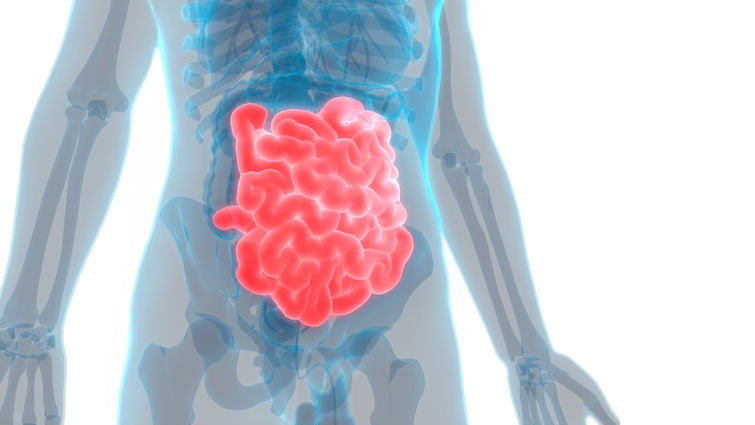
Advancements in technology have made it easier for physicians to evaluate what used to be one of the most difficult organs to access: the small intestine. Loma Linda University Health gastroenterologist, Neel K. Mann, MD, breaks down an advanced procedure called double balloon enteroscopy (DBE), that has improved diagnosis and treatment of small bowel pathology.
DBE is a procedure that uses technology that allows physicians to investigate and/or treat any abnormalities in the small intestines. The device is called a double balloon enterscope because it has two balloons on a tube that is used to inflate and deflate as a physician moves the device through the intestine.
Mann says access to the small intestine used to be very difficult due to limited technology and the location and length of the small intestine.
“The small intestine was once considered the last frontier,” Mann says. “Now with the access physicians have, it’s a location that can be treated and examined in hopes of saving more lives from small bowel bleeding and sparing patients from needing to go to an operating room.”
Mann says these are the three main uses for the technology:
- Marks a path for surgeons.The device helps identify lesions that are caused by bleeding or iron deficiencies. While the device moves along the intestines, physicians can mark abnormal areas so that surgeons can use them as a guide when planning for specific surgical removal of masses, such as small bowel tumors, and therefore, leaving normal small intestine intact.
- Treats small bowel bleeding. If there are vascular lesions within the small intestine that are leaking — bleeding — a physician can identify and treat them through this procedure. This allows the patient to bypass going to the operating room and facing possible complications from surgery.
- Helps diagnose Crohn’s disease. If a patient is diagnosed with small bowel Crohn’s disease, their lifetime risk of needing at least one surgery is 80% if left untreated, Mann says. To prevent that, she says they use the device to evaluate the small bowel earlier on in the disease and provide therapy needed earlier in their disease course to prevent complications later on. In addition, Mann says about 30% of people will have Crohn’s disease that is limited to the small intestine only and cannot be identified easily with imaging or standard endoscopy. The DBE can now be implemented to examine for this disease.
Even with the greatest technology, catching any symptom before it develops into a disease is key. If you notice any signs of bleeding or feel that something is not right and may be related to the intestine, then please feel free to contact your primary care doctor at 909-558-6000.
